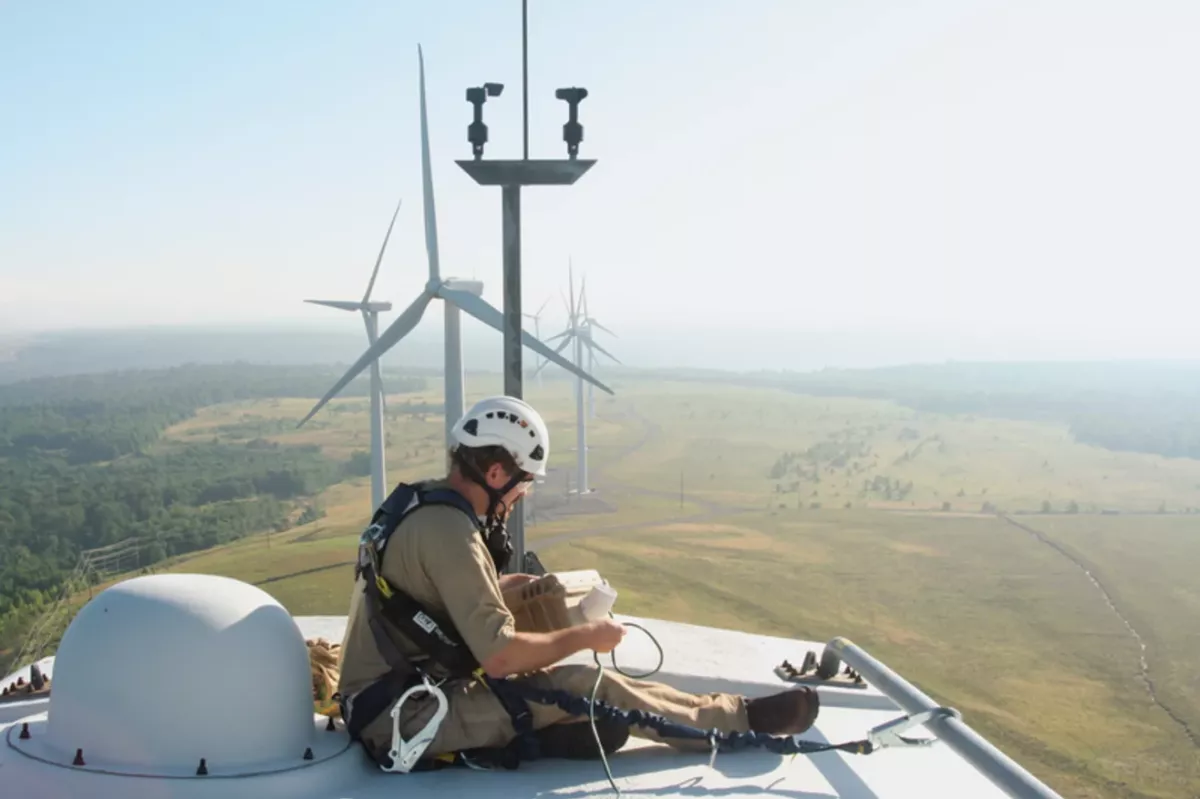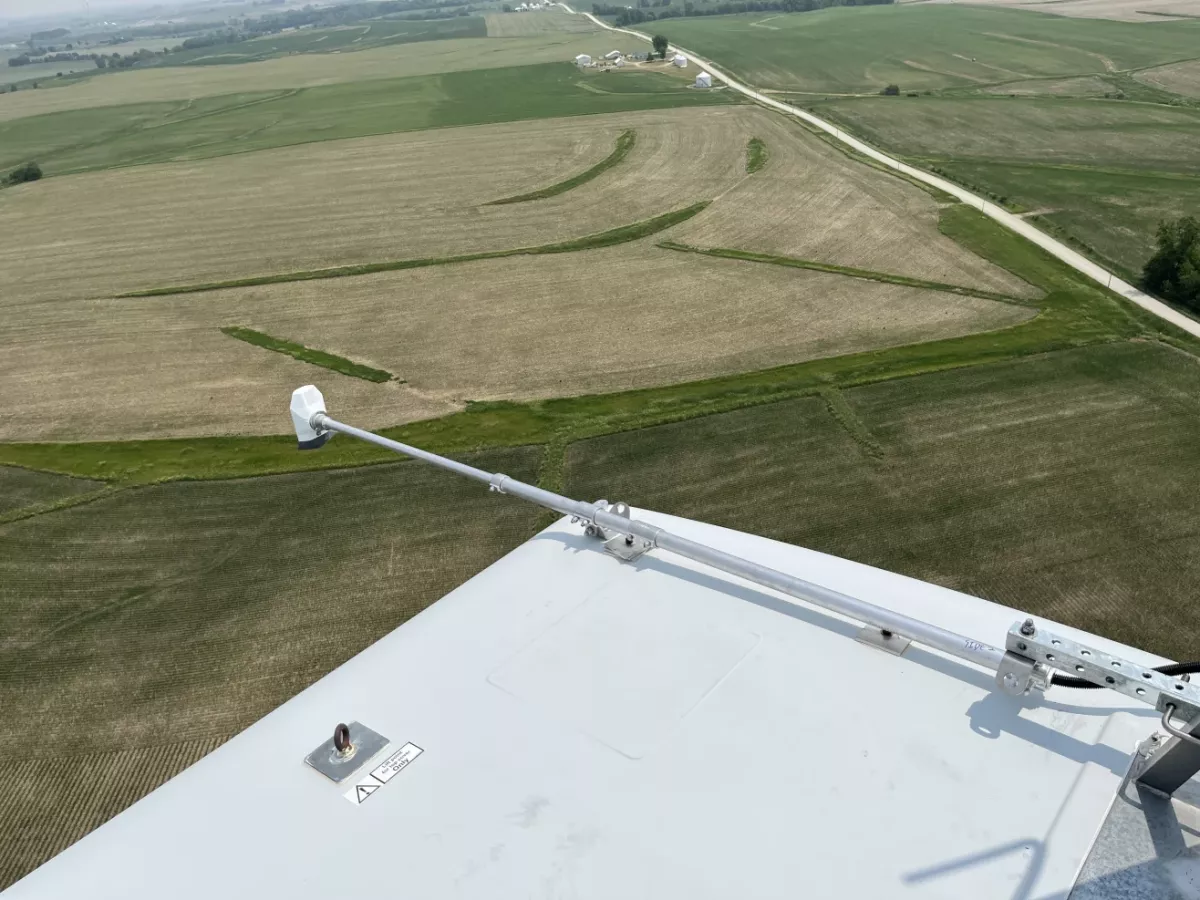Wind turbines kill millions of bats, but smart sensors could save them
Bats are facing a growing threat from wind turbines, but emerging technology may help protect them while keeping renewable energy flowing, according to CNN.
Bats, which inhabit every continent except Antarctica, have seen their numbers decline due to habitat loss, disease, and pesticides. In recent years, wind turbines have become a major hazard. According to the UN Environment Programme, millions of bats are killed annually by turbine blades — around 50,000 in Canada, over 200,000 in Germany, and more than 500,000 in the United States.
Beyond their ecological importance, bats play a crucial role in global economies. “Many species consume agricultural insect pests, some disperse fruit seeds, and others act as essential crop pollinators.

Mexican long-nosed bats and lesser long-nosed bats, for example, pollinate the agave plant, which is what tequila is made from — if you like your margarita, toast to a bat,” explains Professor Winifred Frick, chief scientist at Bat Conservation International.
While early studies suggested that turbine-induced barotrauma — pressure changes near blades rupturing bats’ internal organs — was the main cause of death, recent evidence points to direct collisions as the primary killer.
Frick says the cause is less important than the scale of fatalities: “either way, bats are being killed in their millions.” She adds that wind power, which provides 8% of global electricity, should be operated “responsibly so that it doesn’t cause declines in bat populations.”

Turbines on pause
Environmental regulations vary globally, and enforcement can be inconsistent. In many countries, developers must conduct Environmental Impact Assessments before installing wind farms. A Global Wind Energy Council (GWEC) spokesperson noted that “Nature reserves, breeding grounds, and important biodiverse areas will usually be excluded from consideration for potential wind farm locations,” and surveys assess potential impacts on habitats and wildlife migration routes.
Currently, the main method to protect bats is “blanket curtailment” — stopping turbines at low wind speeds when bats are most active. Research shows this reduces bat fatalities by over 60% when turbines are paused below 5 meters per second from dusk to dawn between mid-July and mid-October. However, in some regions, this can cut annual energy generation by over 10%.
Smart solutions
A more precise approach, “smart curtailment,” allows turbines to operate when bats are not at risk while stopping them when bats are nearby. Kevin Denman, managing director of US-based EchoSense, explains that sensors detect bats’ echolocation signals, pausing turbines just long enough to let them pass safely.
“Our system returned roughly 50% of that energy that was lost with the blanket curtailment strategy,” says Denman, referencing a 2023 study co-funded by the US Department of Energy, which also found “no significant difference in bat fatalities compared to blanket curtailment.”
Other companies are developing detection systems, including France-based Biodiv-Wind using infrared cameras, and Spain’s DTBird & DTBat using AI to identify species from their calls in real time. Roger Rodriguez, bat biologist at EchoSense, notes that such technology could allow selective curtailment for endangered bats.
On smart curtailment, the GWEC spokesperson said: “The wind industry welcomes every step taken to balance the generation of clean and renewable electricity with the protection of nature,” adding that bio-acoustic technologies “are often required in wind farms to ensure the turbines operate with little risk to local bat populations.”

The bat signal
Another emerging approach involves ultrasonic deterrents to keep bats away from the rotor-swept area — the most dangerous zone. “You’re basically creating a very loud environment,” says Leon Hailstones, marketing vice president at NRG Systems, which developed the technology. The system emits high-frequency sounds that interfere with bats’ echolocation, encouraging them to avoid turbines.
While some studies show these deterrents can help, further research is needed. “There’s some evidence that acoustic deterrents actually can increase fatalities of certain species of bats,” Frick cautions, adding that “high frequency sound doesn’t travel that far,” making coverage a challenge. NRG Systems is experimenting with speaker positioning and angles to maximise protection.
Frick emphasises that protecting wildlife should remain a priority: “We want to find ways in which we can maximise energy production, but do that in a way that is ecologically responsible and not causing biodiversity loss.”
By Aghakazim Guliyev








